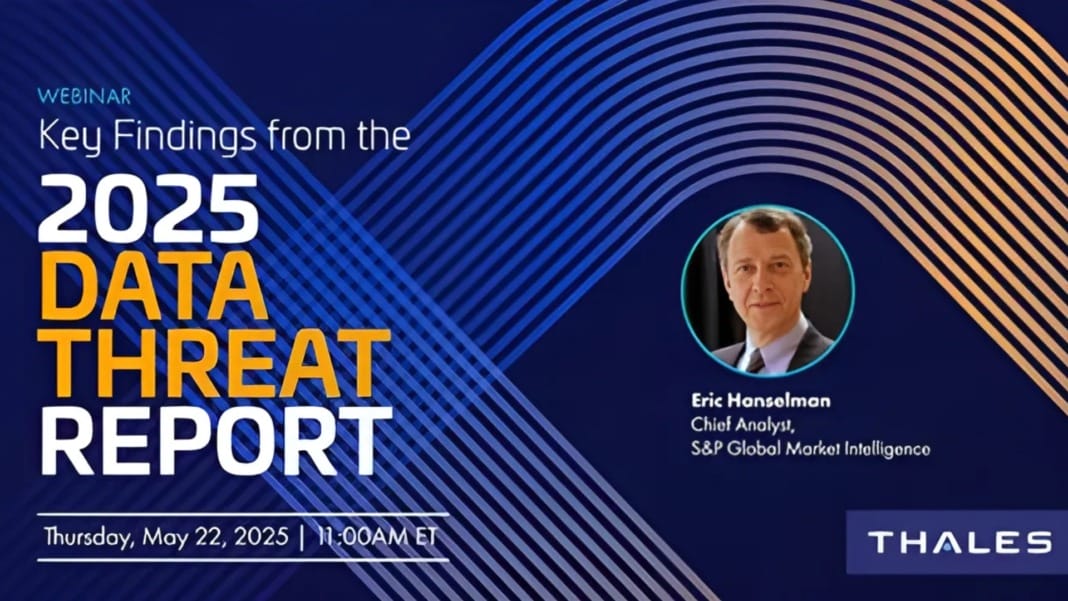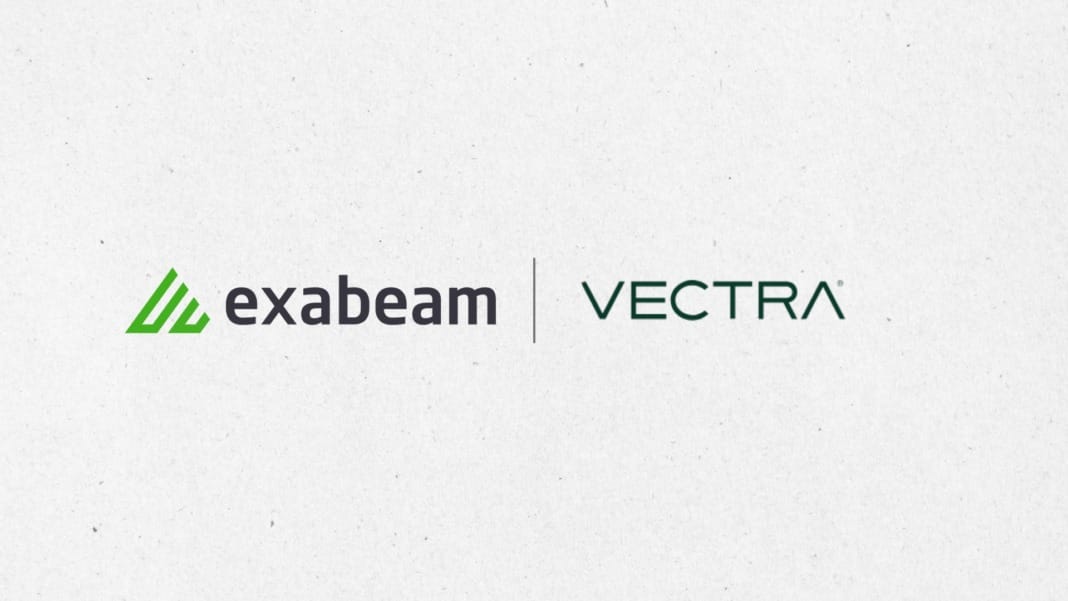The 2025 Thales Data Threat Report has revealed that over 60% of organisations in Singapore view lack of integrity in generative AI (GenAI) as their top security concern. The report, based on a global survey conducted by S&P Global Market Intelligence 451 Research, gathered insights from more than 3,100 IT and security professionals across 20 countries and 15 industries, including responses from Singapore.
The findings highlight that the rapid adoption of GenAI is reshaping how businesses operate, even as it introduces complex security challenges. In addition to integrity, Singapore respondents identified fast-evolving ecosystems (61%) and trustworthiness (58%) as key issues in GenAI adoption.
GenAI adoption surges despite unresolved security challenges
Singapore companies are increasingly incorporating GenAI into their operations, with 44% of respondents indicating it is either currently being integrated or is transforming their workflows. This shift marks a transition from early-stage experimentation to more advanced operational use.
However, the report warns that this momentum often comes at the expense of readiness. Organisations are pushing forward with AI deployments before fully understanding or securing their systems. As Eric Hanselman, Chief Analyst at S&P Global Market Intelligence 451 Research, explained, “The fast-evolving GenAI landscape is pressuring enterprises to move quickly, sometimes at the cost of caution, as they race to stay ahead of the adoption curve. Many enterprises are deploying GenAI faster than they can fully understand their application architectures.”
To address emerging threats, 83% of organisations in Singapore are investing in AI-specific security tools, using both new and reallocated budgets. Established security vendors are being used by 67% of respondents, 65% are sourcing tools from their cloud providers, and 51% are working with newer startups in the space.
Rising data breach incidents and quantum computing concerns
The frequency of data breaches remains high, with 51% of Singapore respondents reporting that they have experienced a breach — up from 46% the year before. The most common attack methods in Singapore include malware (51%), phishing (40%), and ransomware (35%). Internally, malicious insiders driven by financial motives were seen as the most concerning threat actors, followed by hacktivists and human error.
In parallel, organisations are increasingly aware of quantum computing’s potential to disrupt encryption practices. Key distribution vulnerabilities were the most pressing concern, cited by 62% of Singapore respondents. A further 56% expressed worry that future encryption systems could be compromised, and 55% were concerned about today’s encrypted data being harvested and decrypted later — a tactic known as “harvest now, decrypt later” (HNDL).
As a result, more than half of Singapore-based organisations (59%) are reviewing their encryption strategies. Meanwhile, 51% are already testing or prototyping post-quantum cryptography (PQC) solutions, though only 29% are relying on telecom or cloud providers to lead the transition.
Todd Moore, Global Vice President of Data Security Products at Thales, noted the urgency: “The clock is ticking on post-quantum readiness. It’s encouraging that more than half of the organisations are already prototyping new ciphers, but deployment timelines are tight and falling behind could leave critical data exposed.”
Security posture improving but gaps remain
While the 2025 report suggests progress in how companies approach security, Thales warned that more work is needed to align data protection measures with the demands of GenAI and other emerging technologies. The report underscores that the balance between innovation and security remains difficult to maintain, especially as legacy systems and infrastructure complexity continue to slow down implementation of stronger safeguards.
As new technologies reshape the digital landscape, Singapore organisations appear to recognise the need to act decisively to secure their data — both now and in anticipation of future risks.





